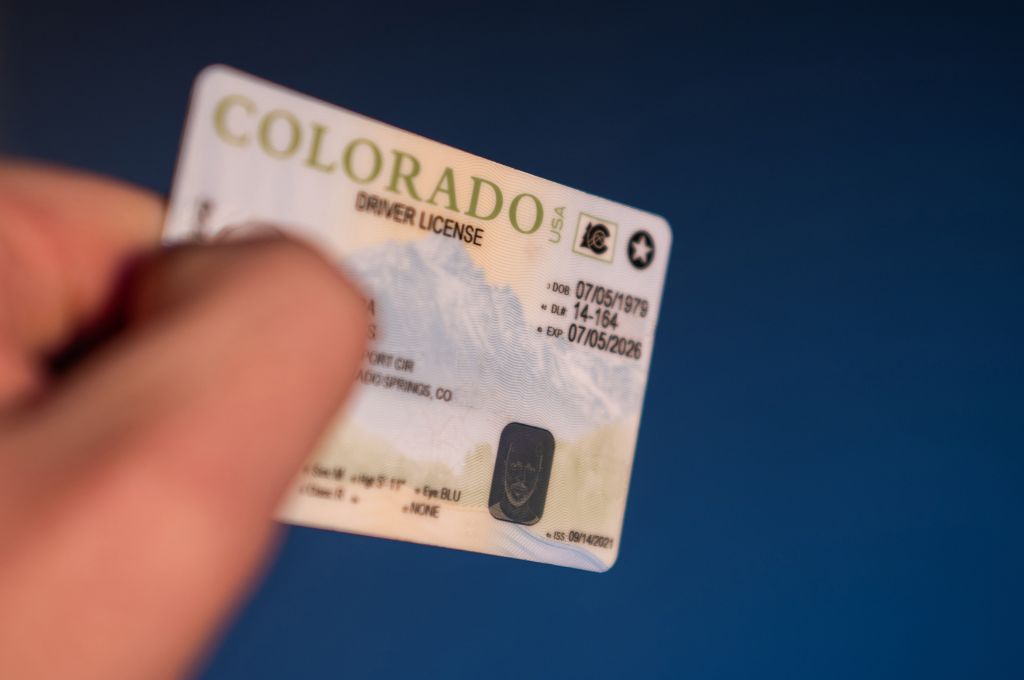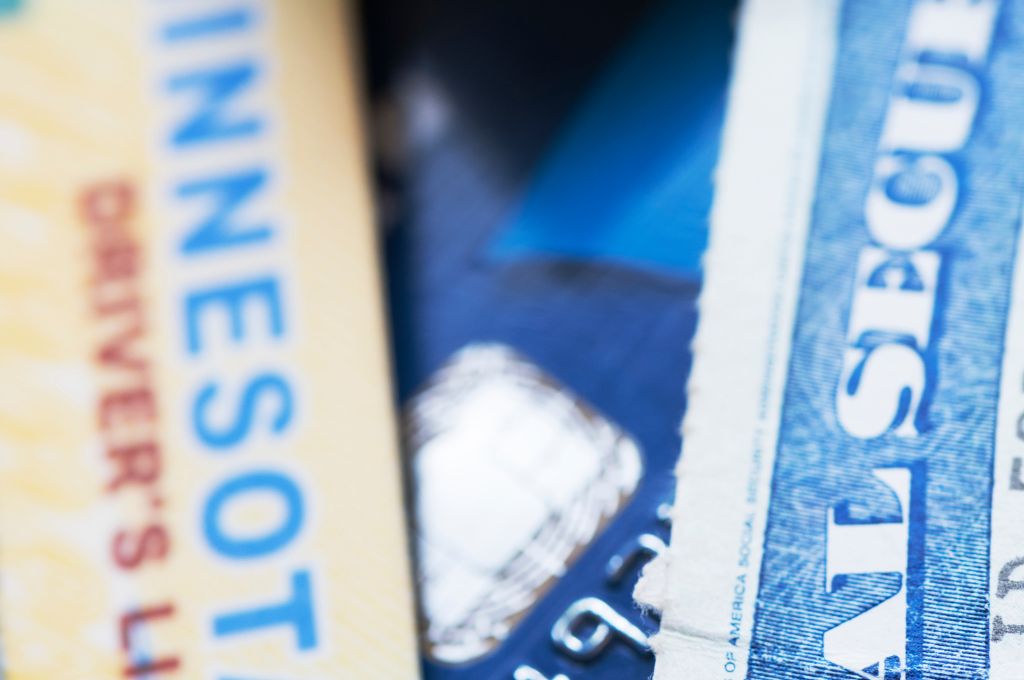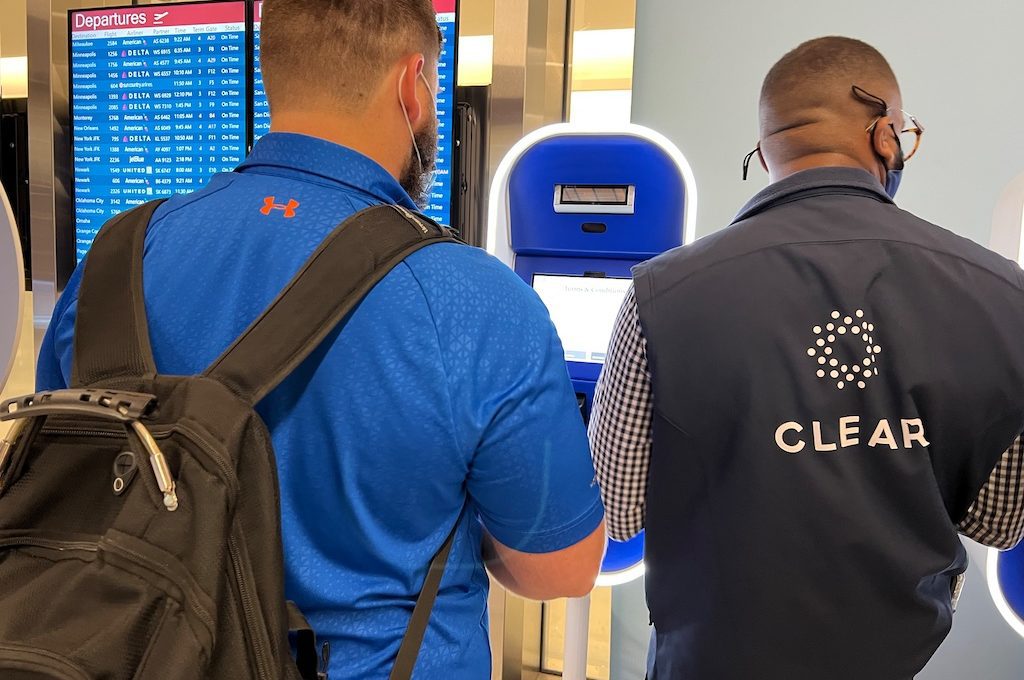If you’re thinking about getting through airport security but worried about getting through with an expired, damaged, or even paper driver’s license, there are certain things you want to know before arriving at the airport.
Check out the article below — complete with direct guidance from TSA — that will break down everything you need to know and put your mind at ease!
Table of Contents
Will TSA accept expired driver’s licenses?
As of the summer of 2023, yes TSA will accept expired drivers licenses but only under certain conditions.
First, the drivers license must have expired after March 1, 2020. Second, the ID could not have been expired for longer than one year.
Since we are now a few years away from March 2020, the only criteria that matters is that your ID has not been expired for more than one year.
This policy followed the outbreak of the coronavirus pandemic when many government agencies were shut down or had limited service making it difficult or impossible to get a license renewed in any kind of timely manner.
Since 2020, things have calmed down significantly regarding the pandemic. It’s not clear how long this “grace” policy will continue that will allow travelers to get by with an expired ID.
So far, we have not heard any updates from TSA so as of the summer of 2023, it appears you can still get through airport security as long as your driver’s license has not been expired for over one year.

REAL ID
Over the years, you’ve probably seen articles talking about the REAL ID.
Basically, an oversimplified reading of REAL ID is that it’s just a requirement that your ID has to meet certain specifications in order for TSA to consider it a valid ID.
We put together a comprehensive breakdown of the evolution of REAL ID and how it’s many expected deadlines have been extended over the years.
However, it appears that the next deadline set for May 7, 2025, is going to be the final deadline based on all of the progress that has been made on REAL ID.
So if you don’t have a REAL ID, I highly suggest that you look into getting compliant with that because I doubt another extension is around the corner!
This is just my speculation, but it’s also possible that the one-year extension on expired IDs may be sunsetted sometime around May 2025.
This is because many people will be focused on the REAL ID deadline, and therefore, TSA may think it’s also a good opportunity to publicly draw attention to the change in the one-year ID extension policy.
However, there is some evidence that TSA accepted expired IDs before the pandemic so this could be a continued policy. In fact, that article from TSA even mentions that you could also bring expired passports not more than 12 months past the identified expiration date!
Will TSA accept damaged driver’s licenses?
Another potential problem could be trying to get through airport security with a damaged driver’s license.
As you may have already suspect it, “damage is in the eye of the beholder” in a lot of cases.
In some instances, it’s clear that a drivers license is damaged but in other cases you could just argue that it’s a little bit of normal wear and tear.
In the end, it typically comes down to whether or not the details are legible but again, that could depend on the agents eye sight and their comfort level with deciphering less than 100% clear details. One agent might be okay with a crack slightly obscuring a letter or two while another agent may have a zero tolerance policy.
Here is some guidance on when your drivers license may be considered damaged and a second list of when you might be able to get away with a little bit of damage.
When a Driver’s License is Clearly Considered Damaged:
- Severely torn or shredded, making it difficult to read the information.
- Water damaged, causing the information or photo to be illegible.
- Burned or charred, impairing the visibility of essential details.
- Cut or perforated in a way that affects the readability or integrity of the document.
- Partially or completely faded ink, making the text or photo indiscernible.
- Altered or tampered with, such as scratched off or modified information.
- Bent, folded, or crumpled to the extent that it obstructs the necessary details.
- Defaced with markings, scribbles, or stains that obscure relevant information.
- Damaged magnetic stripe or barcode, preventing scanning or verification.
- Warped or distorted due to exposure to extreme heat or other external factors.
When a Driver’s License May or May Not be Considered Damaged:
- Minor tears or creases that do not hinder the ability to read the essential information.
- Minimal water damage that does not significantly impact the visibility of details.
- Slight fading of ink that still allows for the identification of key information.
- Normal wear and tear, such as minor scratches, without impairing the legibility.
- Small holes or perforations that do not affect critical sections of the document.
- Moderate bending or folding that does not obscure important data or photo.
- Light smudges or stains that do not obscure the necessary details for identification.
- Minor wear on the magnetic stripe or barcode that does not prevent scanning.
- Cosmetic damage, such as a chipped corner, without compromising information.
- Slight warping or discoloration due to exposure to normal environmental conditions.

What about temporary IDs or paper IDs?
If you just made a change to your driver’s license or just received a new one, you may only have a paper driver’s license or temporary ID.
And the question is will TSA accept a paper ID?
Typically, something like a paper driver’s license is only valid for giving you the legal right to be driving on the road. Some states may allow you to purchase things like tobacco, alcohol, and marijuana with a temporary ID.
But for the most part these are not valid for identification purposes. And this much was made clear by the TSA when they stated, “[i]nterim driver’s licenses are temporary paper documents and are not currently an acceptable form of ID.”
So, if you have a paper ID, the best course of action would be to follow the directions linked in the article below regarding what to do when you don’t have an ID.
As shown below, you can present forms of secondary ID which can help verify your identity.
For example, if you had a paper ID and a student ID or perhaps a Social Security card, a TSA agent may allow you to get through security by showing all of those.
Also keep in mind that if you are talking about a minor, TSA does NOT require children under 18 to provide identification when traveling within the US.
Tip: Always try to bring more than you think you need when trying to verify your ID and be sure to give yourself extra time at the airport to get through the identification process.
Will TSA accept digital IDs?
One of the newer initiatives that the TSA has focused on is accepting digital IDs.
This could be a great strategy to use when getting through airport security if you have a damaged ID or if you can’t locate your physical ID card.
This is something that can be very helpful for people with TSA Pre-Check.
That program requires you to pay a fee and go through a background check but it’s a relatively simple procedure and the benefits include being able to get through airport security much quicker.
But an additional benefit is that you can upload your ID to a TSA approved app or to your phone’s digital wallet (Apple Wallet, Google Wallet, etc.) and then rely on the app to get you through identity verification.
There are a couple of things to keep in mind about digital IDs.
First, they come in different forms which could be biometrics, mobile drivers licenses, and digital identification. Second, each state handles these differently so don’t expect to have the same experience in one state to another, at least not right now.
Another way to get through security without having to hassle with your ID is to enroll in CLEAR.
This is what I used to get through the airport and I simply have to scan my eyes or fingerprints whenever I arrive at the security checkpoint and then I get to cut the line and get through to security screening very quickly.

What to do if you don’t have an ID
Many people are surprised to find out that if they don’t have an ID or if they have an ID that is considered too damaged to be accepted, they can still get through airport security.
What this comes down to is your ability to come up with secondary documents that can prove your identity.
There is no exact formula for what documents will be needed because TSA allows for a lot of flexibility. However, they do give guidance and we went to full detail about how to go about the situation in this blog post.
But for summary purposes, here are some of the documents you could potentially use:
- Library card
- Business card
- Social Security card
- Student ID
- Credit cards
- Photo of an ID
- Voter registration card
- Prescription with your name on the label
Final word
Verifying your identification is crucial when getting through airport security. Typically, on a domestic flight this is done with a driver’s license or ID card.
If your ID card is expired, damaged, or in the paper form, you can still get through airport security but it depends on when your ID expired and what other supporting documents you have to verify your ID in the latter two cases.
If you follow the steps in this article, you should be able to get through airport security without too much hassle but always remember to give yourself extra time at the airport when going about ID verification in a non-traditional way.
Daniel Gillaspia is the Founder of UponArriving.com and the credit card app, WalletFlo. He is a former attorney turned travel expert covering destinations along with TSA, airline, and hotel policies. Since 2014, his content has been featured in publications such as National Geographic, Smithsonian Magazine, and CNBC. Read my bio.


